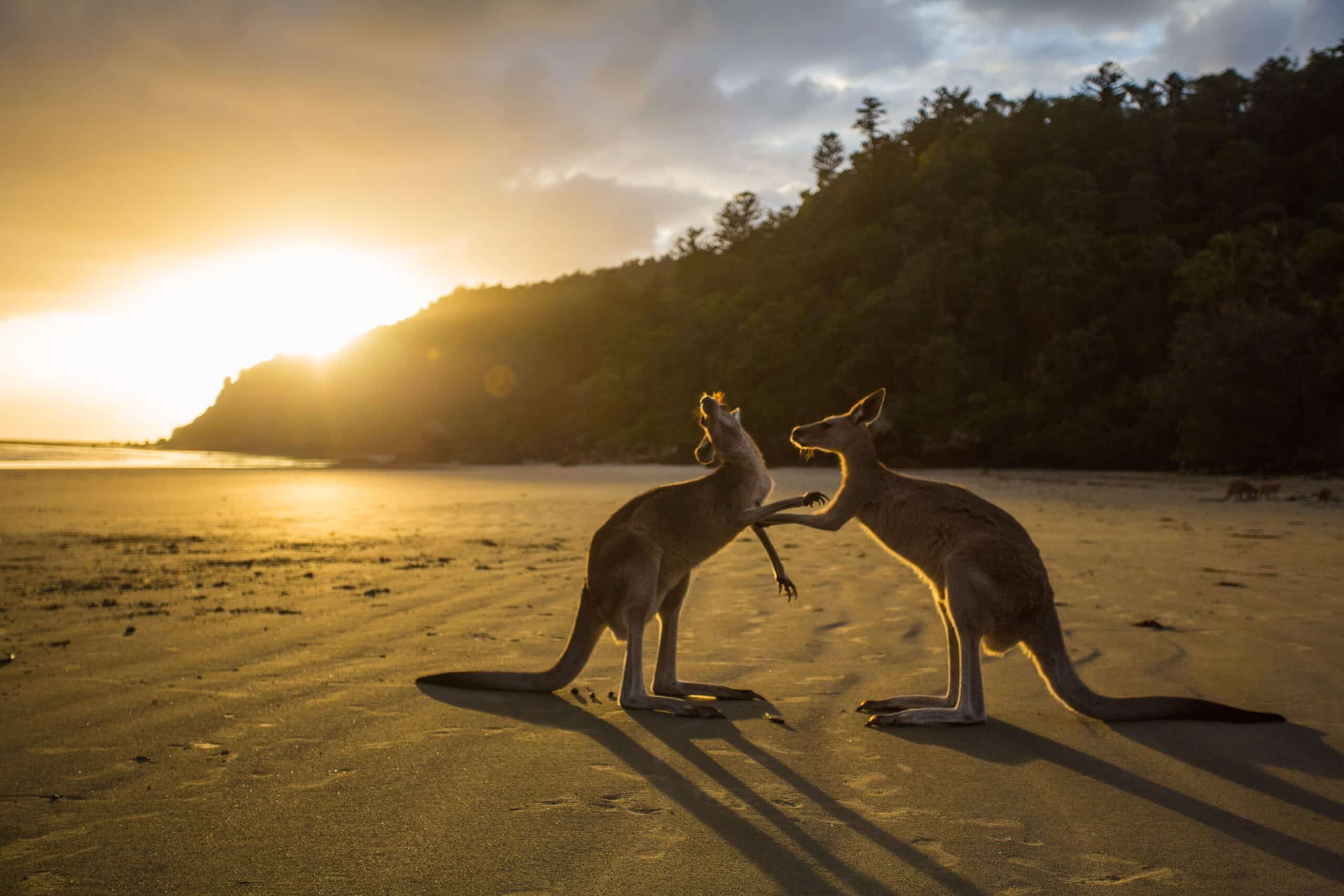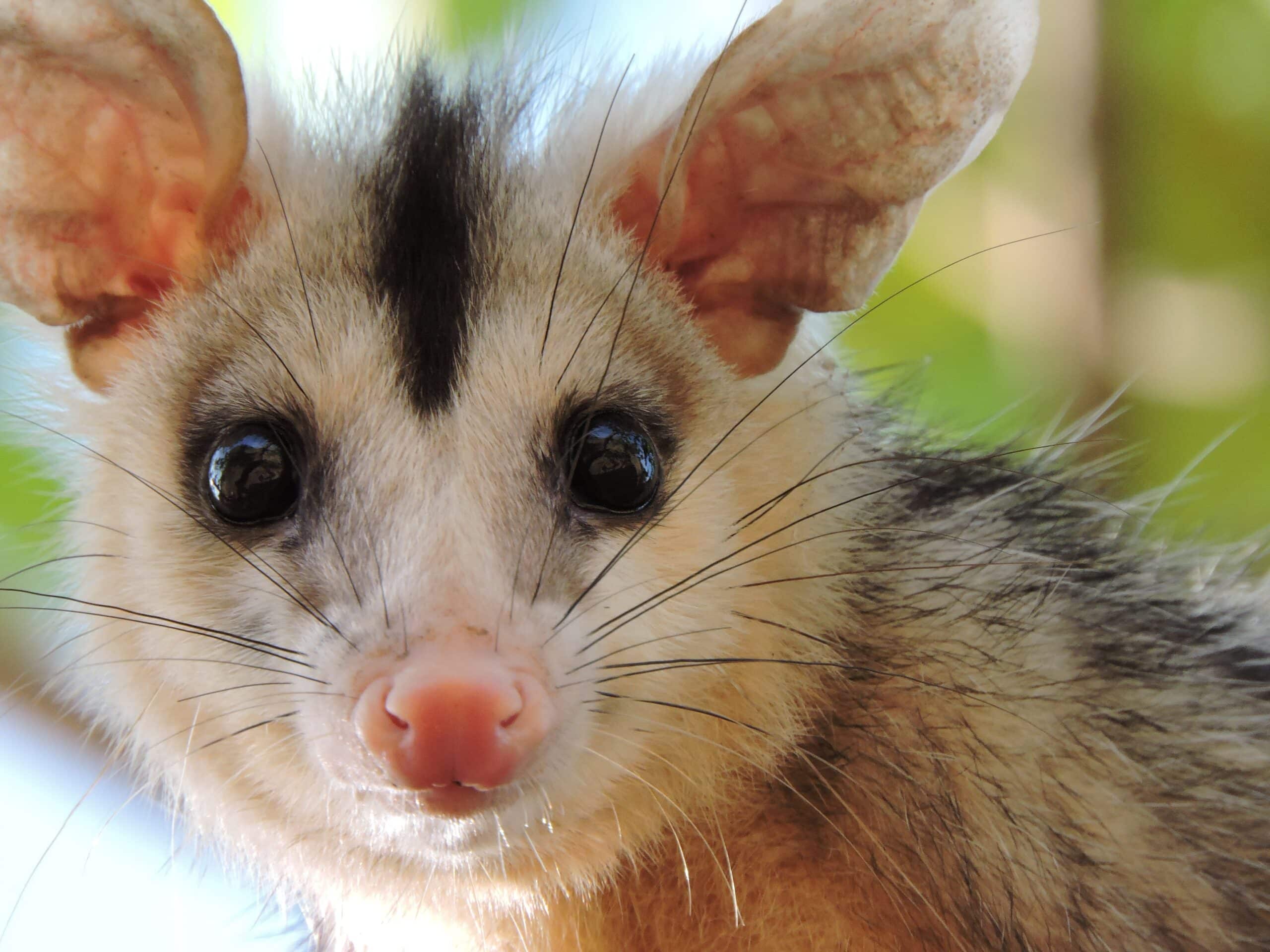
Looking for a bird’s eye view of the world? Look no further than falcons! These majestic birds of prey offer an unparalleled glimpse into the skies, and as such, they deserve to be studied.
In this blog, we’ll explore the behavior and ecology of these fantastic birds and uncover why they are such amazing creatures. So buckle up and get ready to take flight – you’re about to embark on an incredible journey with falcons!
Introduction to Falcons
Falcons, members of the family of birds known as diurnal raptors, have evolved into one of the most iconic and recognizable bird species. Known for their size, power, and agility, falcons are a favorite source of fascination and inspiration in popular culture. Falcons possess several physical characteristics, such as curved bills and talons, that help them hunt prey more efficiently. They also exhibit distinct behavior that sets them apart from other birds of prey, such as forming lifelong pair bonds with a mate and understanding complex social interactions between predators and prey.
The fantastic light abilities of falcons impress scientists who study them. The wingspan grants them tremendous power while gliding or hovering over their showy hunting grounds. Their maneuverability allows them to take sharp turns in the air when chasing after migrating or running prey objects to catch meals quickly in flight; their long tails provide maximum control for these feats! Additionally, researchers are researching how the sophisticated communication systems used by falcons integrate with their predatory behavior.
To better understand how these highly adaptable birds behave ecologically within their habitats, it is essential to explore how they interact with their environment; evolution has equipped them with crucial tools for survival. An increasingly comprehensive appreciation for this species’ unique traits makes it clear why they are seen as awe-inspiring creatures worldwide!
Physical Characteristics of Falcons
Falcons – nature’s elite aerial predators – are renowned for their speed, agility, and grace as they soar through the air. But what do we know about the physical characteristics of these magnificent raptors?
Falcons come in various shapes and sizes, depending on the species. Generally speaking, falcons are between 11 to 25 inches long, with a wingspan of 22 to 44 inches. They typically weigh 2 to 3 pounds and have large heads relative to their bodies, with sharply hooked beaks that are used for tearing apart their prey. Furthermore, falcons typically have long tails that can assist them in generating lift during flight and provide added stability during turns and dives. While many species boast similar markings, such as pale underparts and dark bars on the tail feathers, each falcon species has its distinct coloration, which can be used for identification purposes.
Beyond physical characteristics like size, shape, coloration, plumage patterns, and beak structure, some more exciting details about the anatomy of these birds of prey include:
- Their nostrils are shaped like a “V,” which lowers drag while they fly
- They have eyes designed specifically for spotting small prey from far away
- Their talons have specially adapted gripping strength that is five times more powerful than humans
- The total amount of feathers on an average falcon can exceed 1 million
Falcon Hunting and Feeding Habits
Falcons are carnivorous birds of prey that hunt and feed on a wide range of animals, including small mammals, birds, reptiles, and insects. They use their sharp eyesight to spot prey from a distance, then swoop down with wings in a ‘V’ formation to grab it with their powerful talons. Falcons sometimes use their incredible speed to chase prey up to 88 miles per hour! During hunting, falcons may fly at high speeds and make quick turns in the air using powerful wing beats combined with tail feathers.
When preparing for flight, falcons spread their wings outwards so that air blows over them and helps them soar higher into the skies in search of food. When they find a meal, they approach their target in one of two ways: either diving directly down towards it or hovering above it and swooping in like an arrowhead with talons extended. Less experienced falcons tend to stick near the ground while hunting because they have yet to master more complex aerial maneuvers like steep dives or high-speed pursuits.
Once they have caught something, Falcon’s heads act as shears, making for them to break off large pieces of food found within animal carcasses or dismember rats or other prey before consuming them. Generally speaking, large falcons dine on bigger game, such as wood pigeons, whereas smaller varieties go for smaller morsels like mice and lizards. In addition to catching their food, Falcons also scavenge dead animals when available – making the entire ecosystem more efficient by reducing waste from carcasses left behind by other predators such as lions or wolves.
Falcon Breeding and Nesting Habits
Falcons are monogamous and mate for life, powerfully bonding with a single partner for their life. They have a strong affinity for where they grew up, and most tend to return to their homeland to breed, though some pairs travel hundreds of miles from where they are born. Falcons prefer an isolated area to make their nest, typically on cliff faces, tree hollows in canopies, or artificial nesting platforms.
Raising families of birds is done together with the male and female participating in activities such as collecting nesting materials, including various grasses and moss, to line the nest before eggs arrive. Courtship behaviors vary between species but usually include displays of agility, dives, fast-flying loops, and other exciting stunts that would be impressive on any airshow.
Once eggs are laid at regular intervals (often 2-3 days apart), both parents take turns incubating the eggs until they hatch around 30 days later into small hollow balls of grey fluff called fledglings. The two parent birds work simultaneously raising young ones by bringing ample food until they fledge out at 6-7 weeks old when they are ready to start feeding and flying independently on their own.
Falcon Migration and Roosting Habits
Migration is integral to the falcon’s life cycle, enabling them to seek favorable temperatures and food sources. Taking advantage of wind currents and updrafts, they can fly at speeds of up to 50 mph and can cover great distances without having to rest. Depending on the species, they may migrate annually or every two or three years.
Falcons also have specific migratory routes, which may differ depending on climate and other seasonal factors. The course and length of their migration can vary greatly year-to-year. In the northern hemisphere, for example, many northern populations migrate south during the winter when food is scarce, while those in the southern hemisphere move north in search of warmer climates.
When it comes time for nesting, falcons inhabit cliffsides or other open landscapes but will also create aerial roosting areas which provide a vantage point from which they can launch into the flight when disturbed or threatened. Roosting sites must be sheltered from the weather and give a good view for these aerial predators to spot potential prey from a distance. In urban areas, it is not uncommon to see these birds making use of abandoned towers or reservoirs atop tall buildings as roosts that provide any number of safety barriers:
- Should winter weather become too harsh, some species rise high into the mountains and then return to lower levels as conditions improve.
Falcon Interactions with Humans
Falcons have long been associated with humans; since ancient times, they have been a sign of royalty and reverence. The art of falconry goes back to the Middle Ages; although it has declined over the years, new laws and regulations safeguarding raptors in Europe and North America have helped to revive it. In modern times, falcons have been kept in captivity as pets or trained as hunting birds for sport.
Trained falcons can recognize individual people and respond to calls or commands from their owner or trainer. Sometimes, an emotional bond forms between the falconer and the bird. Falcons fly with their handlers during hunts, sometimes even at high altitudes, due to their excellent eyesight and aerodynamic abilities. They quickly learn the techniques they need to make successful catches, such as hovering, diving, and catching prey mid-air.
In addition to hunting birds of prey, falcons are also used in pest control as they can help scare away other animals like seagulls away from crops or fish processing areas where they can create a nuisance by taking too much food or fouling surfaces with excrement. Falconers can also bring their birds along on hikes or camping trips for companionship as well as additional protection against potential predators like mountain lions or bears.
Conservation Efforts for Falcons
Conservation efforts for falcons focus on preserving the species and their habitat for the future. Measures include monitoring nesting areas, tracking migrations, restoring dwindling local populations, and educating the public about these birds of prey.
Monitoring projects focus on observing different species of falcons in their natural environment to understand their behavior and population dynamics better. Falcon tracking projects involve tagging adult birds to monitor them while they migrate and breed. This allows researchers to observe how why populations migrate and where they go when they do so to protect critical nesting grounds while minimizing disruption of migratory patterns by human activities such as construction or infrastructure development.
Localized efforts are taken to restore dwindling populations of certain falcon species in specific regions. This is done through reintroduction programs that seek to rebuild native falcon population numbers by releasing captive-bred birds into the wild or relocating them from elsewhere to increase diversity in a region’s gene pool. In addition, habitat protection is critical for allowing falcons – like all wildlife – healthy breeding grounds where food, shelter, and safe nesting areas can be found.
Finally, education plays a vital role by raising public awareness about these beautiful predatory birds through lectureships, seminars, and other initiatives, such as birdwatching programs designed to educate people on the importance of conserving these species in our ecosystems today.
Conclusion
The range of behavior and ecology observed throughout falcon species demonstrates their adaptability, making them an excellent example of resilience and strength in facing adversity. While they enjoy much success today, they certainly have had to overcome significant obstacles – such as habitat destruction – to exist. Through diligent study, we can gain an even greater understanding of this majestic bird’s behavior and ecology.
The fantastic qualities of a falcon – alertness, strength, instincts – will continue to astound us for years to come. We may never fully know how far the falcon can reach with its intelligence and its talons but understanding their unusual behaviors is an essential step towards appreciating and preserving one of nature’s most incredible creatures.
Frequently Asked Questions
Q1: What adaptations do falcons have that make them well-suited to life as a bird of prey?
A1: Falcons are well adapted to life as a bird of prey due to several physical adaptations. They have strong, sharply curved talons for gripping game, long, pointed wings for swift and maneuverable flight, and keen eyesight for spotting potential targets from a distance. These adaptations make them well-suited for hunting and feeding on other birds, mammals, and reptiles.
Q2: How do falcons hunt?
A2: Falcons typically hunt by soaring or hovering in the air, searching for potential prey. Once they spot something, they swoop down quickly in a dive to catch their victim. Falcons may also use a ” stooping technique,” where they fly up high and dive at incredible speeds to catch their prey.
Q3: What do falcons eat?
A3: Falcons typically eat other birds, small mammals, lizards, snakes, and insects. They may also feed on carrion if the opportunity arises. Falcons are opportunistic hunters who take advantage of whatever food sources are available in their habitat.





